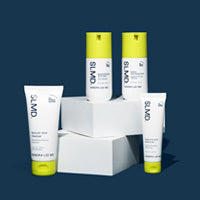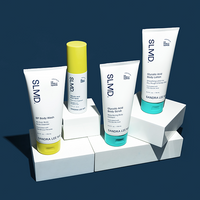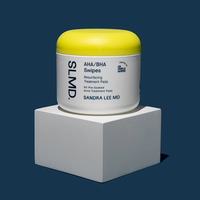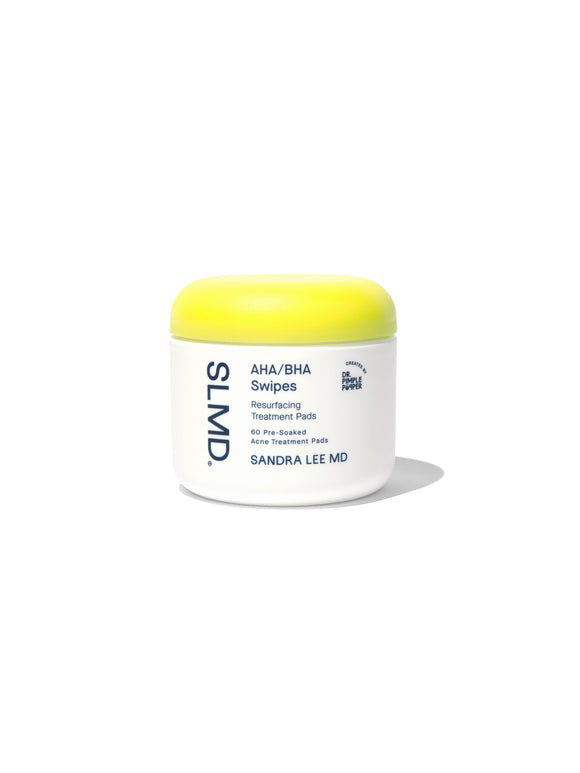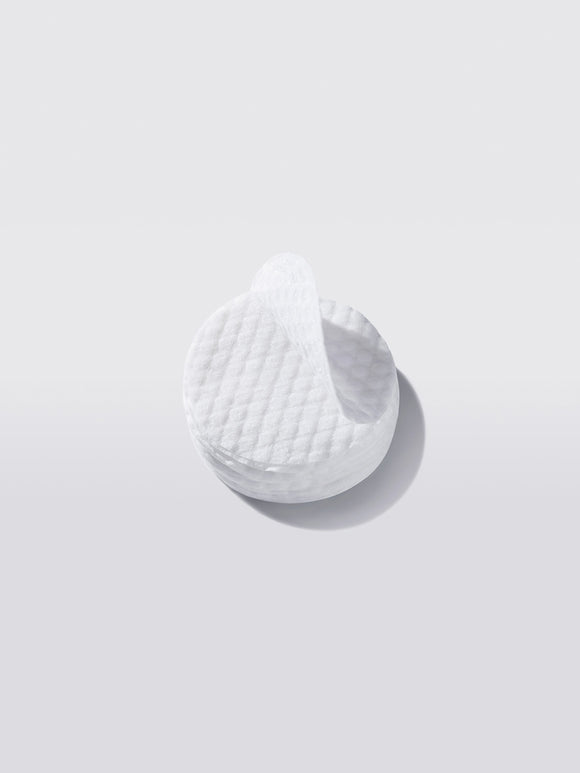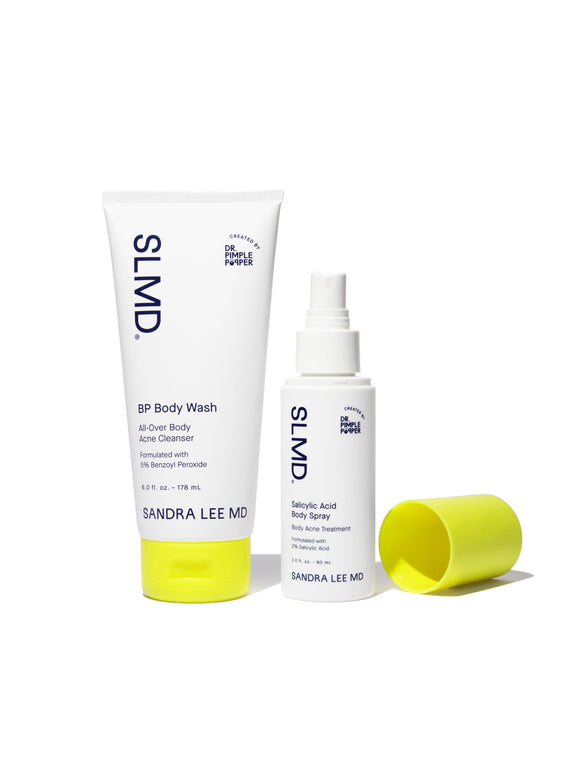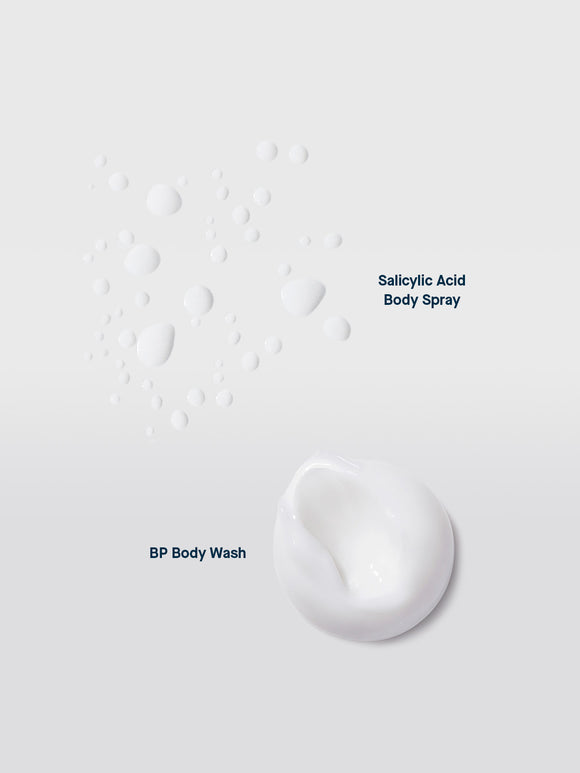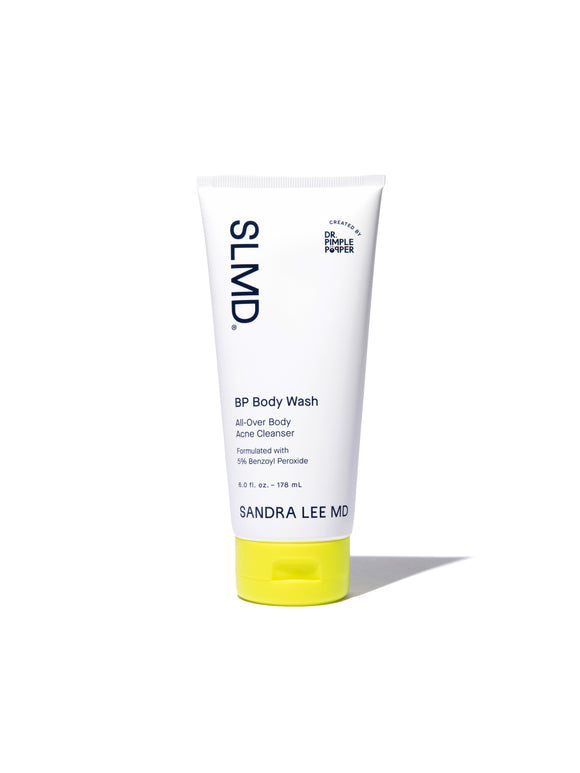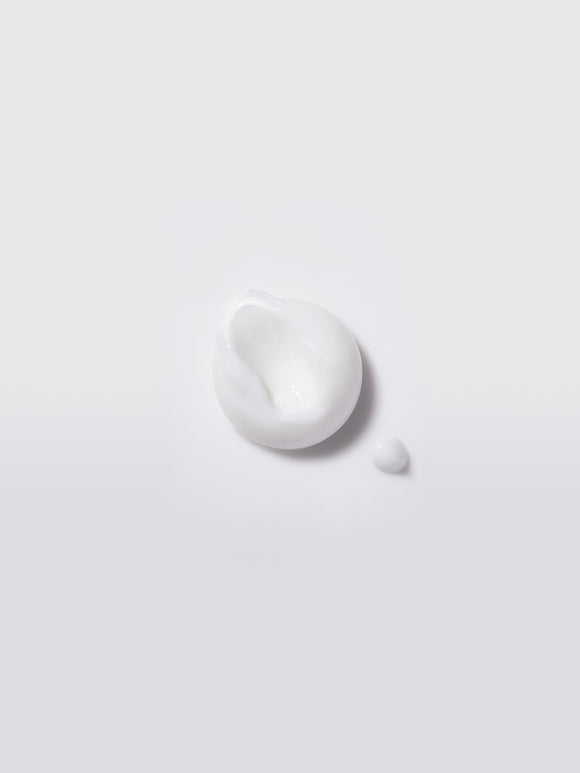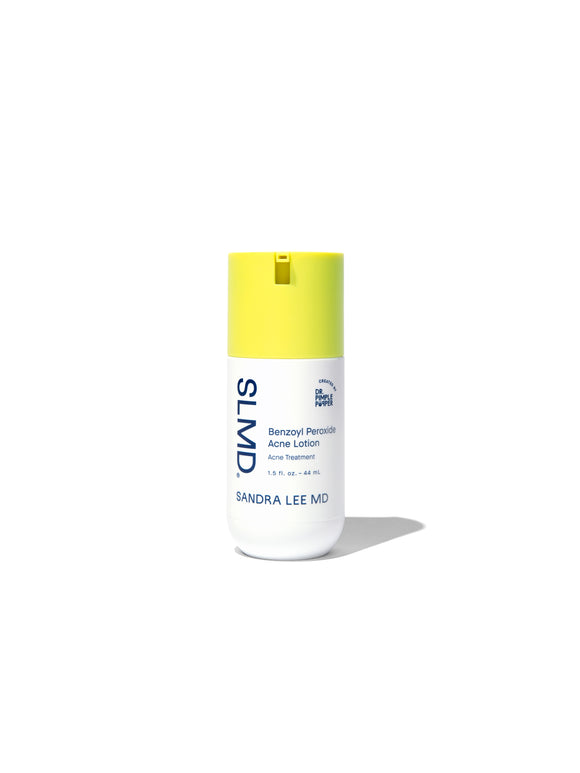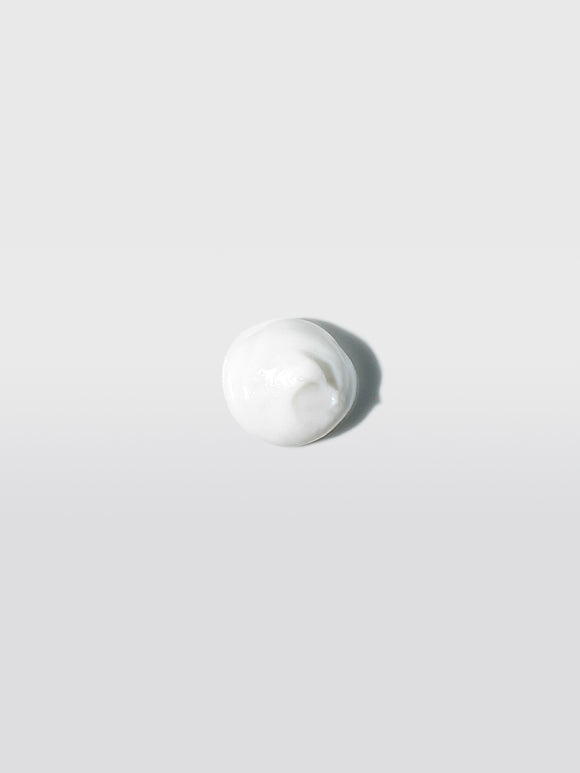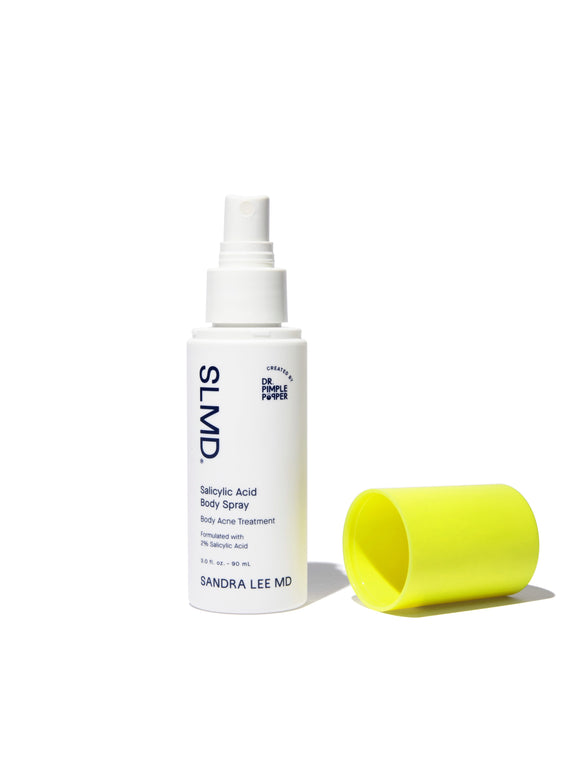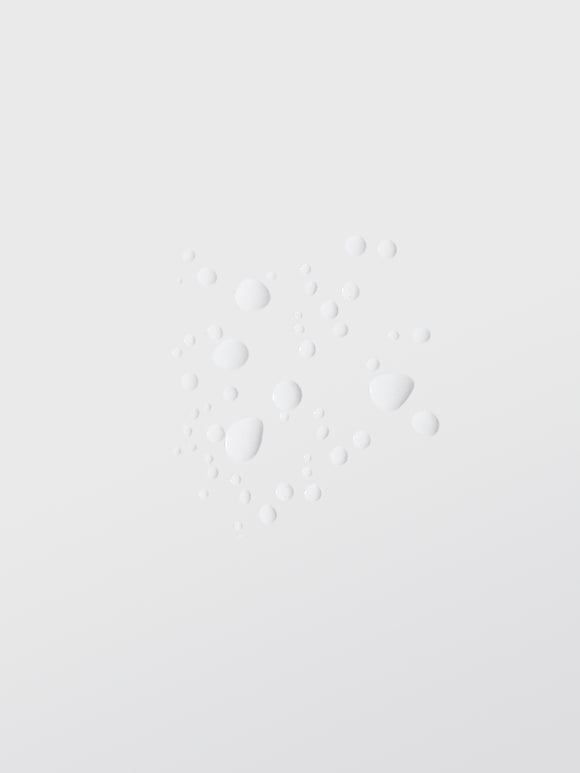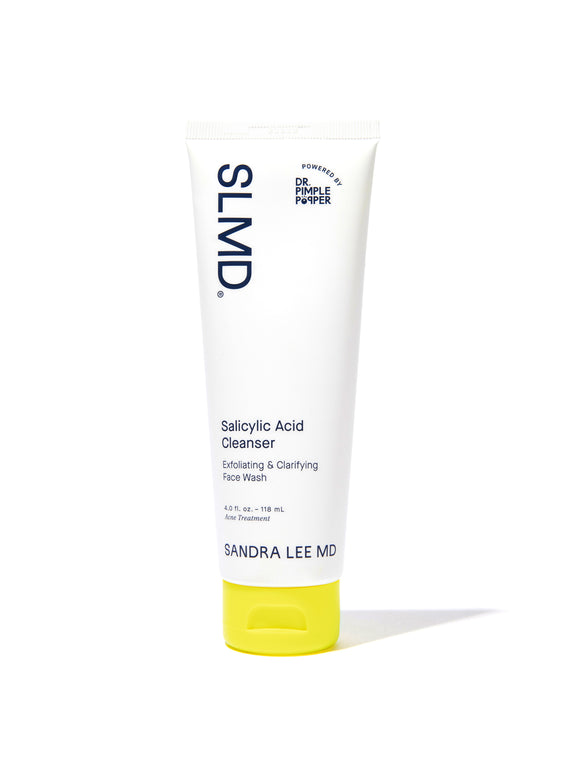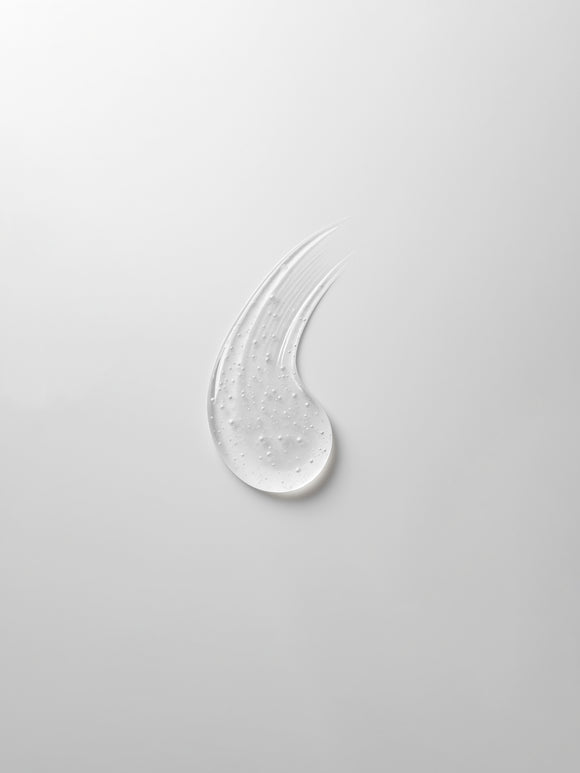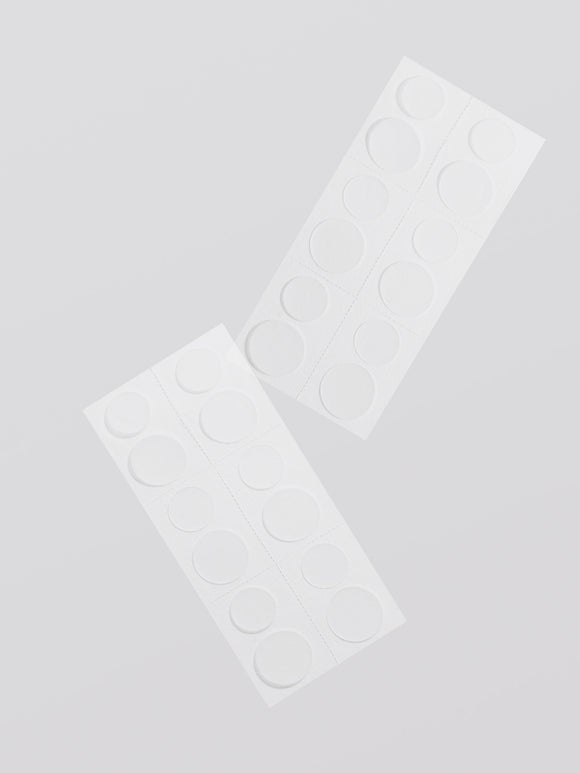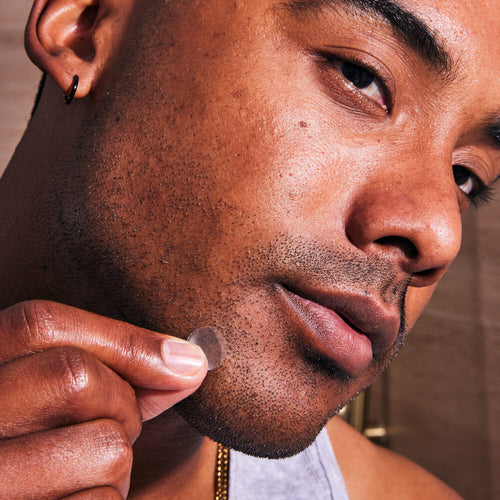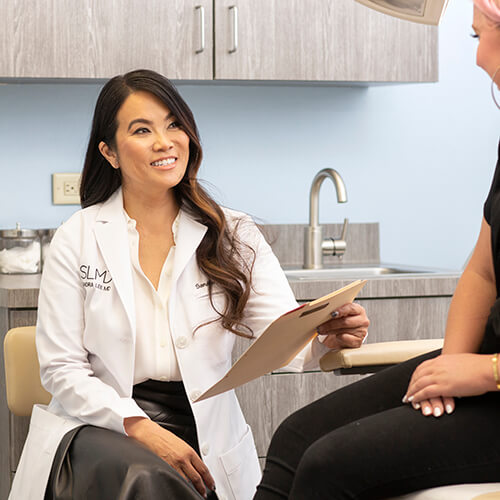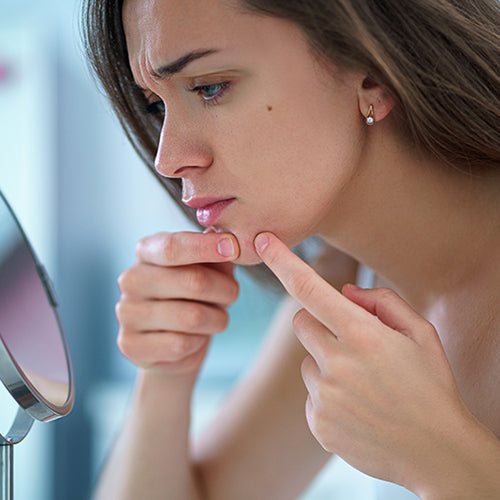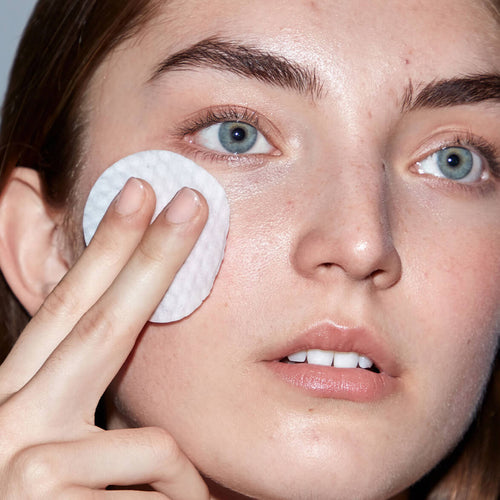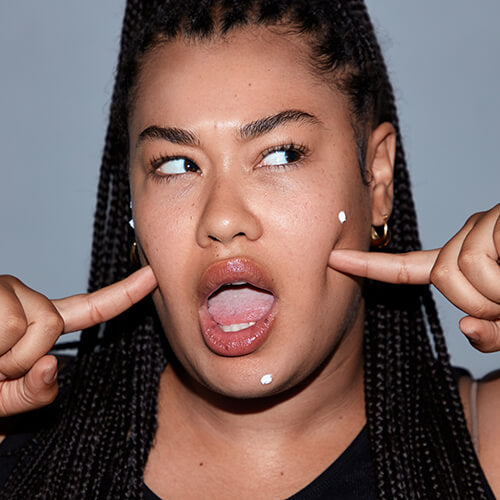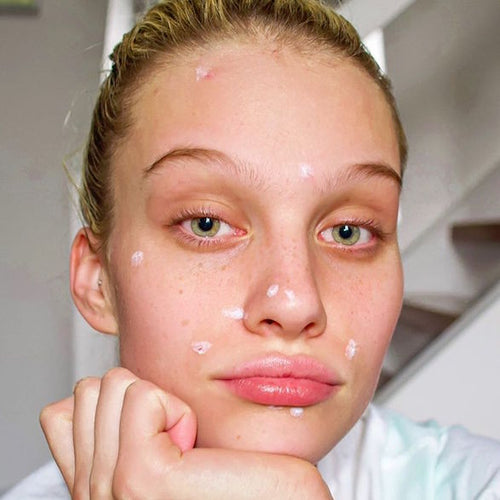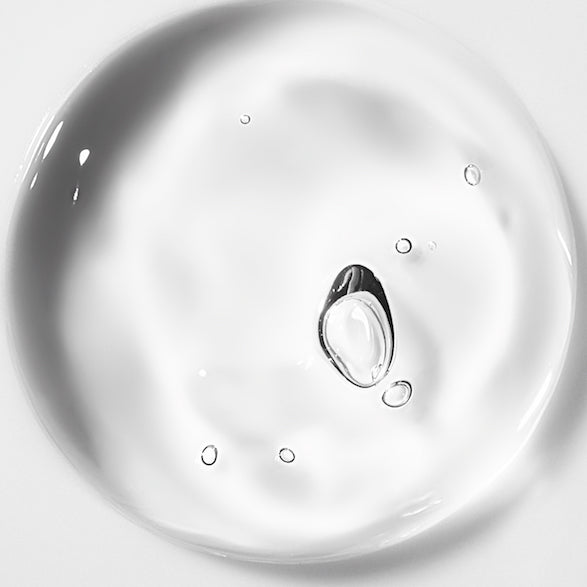
Top 4 Ingredients For Treating Acne
Stick with what's been clinically-proven and trusted for years by dermatologists, says Dr. Pimple Popper.
Published:
4 minute read
There’s no shortage of advice on the best ways to treat acne, and it may be difficult to know where to start. Skincare is not one size fits all, and your specific type of acne might be more responsive to certain ingredients over others.
But according to dermatologist and SLMD founder Sandra Lee, MD (aka Dr. Pimple Popper), there are a handful of tried-and-true dermatological ingredients proven to help prevent and treat acne. Here, we're breaking down the 4 most effective over-the-counter options.
Benzoyl peroxide
BP is found in acne treatments across the board, and for good reason. When it comes to its acne-fighting qualities, benzoyl peroxide destroys bacteria on the surface of the skin as well as inside pores and pimples. It curbs oil production and also acts as a keratolytic, loosening dead skin cells that contribute to clogged pores.
As an anti-inflammatory, benzoyl peroxide reduces the swelling, pain and redness associated with inflammatory pimples. If you experience papules (red, hard bumps), pustules (red bumps with a white head of pus), or deeper nodules and cysts, over-the-counter benzoyl peroxide is Dr. Lee’s go-to recommendation.
Although adverse reactions are rare, we recommend testing any products with benzoyl peroxide on a small area of skin before applying it over large areas. Note that redness, irritation and dryness are common. If there’s no sign of an allergy, gradually step up the frequency, using the product every other day for the first week or two.
You may notice positive changes quickly, but you may also experience purging — when breakouts temporarily get worse. It could take several weeks or treatment with benzoyl peroxide to see a dramatic decrease in your acne.
SLMD Skincare to try
- Benzoyl Peroxide Acne Lotion: a lightweight treatment that absorbs into the skin quickly to treat and prevent breakouts
- Treat Yourself Duo: two of Dr. Lee's most powerful acne treatment essentials together at a special savings.
- BP Acne Spot Treatment: gives a concentrated dose of maximum strength benzoyl peroxide for stubborn pimples
- BP Body Wash: packed with benzoyl peroxide and niacinamide, two powerful anti-inflammatories to kill bacteria and reduce the appearance of breakouts
- Acne System: an easy-to-follow acne treatment routine that’s just 3 steps, two times per day to treat acne at every stage.
- Body Acne System: designed to treat and prevent both inflammatory and non-inflammatory acne in two easy steps.
Salicylic acid
Salicylic acid is derived from the chemical compound salicin, and is naturally found in willow tree bark. It’s a beta hydroxy acid (BHA), which means it’s oil-soluble and can penetrate the skin deeper than alpha hydroxy acids, which are water soluble.
With the same anti-inflammatory ingredients found in aspirin (acetylsalicylic acid), salicylic acid has strong antibacterial properties. It helps regulate sebum production and is also a keratolytic, meaning it acts as an exfoliant to break down the keratin protein that makes up the outer layer of skin.
When treating acne, salicylic acid crystallizes and penetrates pores to clear out the bacteria and dead skin cells that get trapped in our skin’s sebum, leading to clogged pores and inflammatory acne. Its keratolytic properties also make it useful in treating a wide range of other conditions, including dandruff, seborrheic dermatitis, and psoriasis.
SLMD Skincare to try
- Salicylic Acid Cleanser: a gentle exfoliating cleanser which unclogs pores without leaving your skin dry or stripped
- AHA/BHA Swipes: formulated with salicylic, glycolic and lactic acid to dive deep and remove impurities
- Salicylic Acid Spot Treatment: targets individual pimples with maximum strength BHA
- Salicylic Acid Pimple Patches: ultra-thin, transparent patches that absorb excess oil and protect pimples as they heal
- Salicylic Acid Body Spray: features a 360º spray nozzle to reach everywhere, especially useful after a workout
- Acne System: an easy-to-follow acne treatment routine that’s just 3 steps, two times per day to treat acne at every stage.
- Body Acne System: designed to treat and prevent both inflammatory and non-inflammatory acne in two easy steps.
Sulfur
This element from the periodic table is essential for human life. We get sulfur from a variety of foods, including eggs, meat, fish, garlic, onions and beans. When it comes to skincare, sulfur limits the growth of bacteria on the skin’s surface while exfoliating and shedding dead skin cells. It also controls oil production, drying out active acne without dehydrating surrounding skin.
Sulfur works well on inflammatory acne and is especially beneficial for acne-prone sensitive skin. It’s an ideal substitute for those who can’t tolerate benzoyl peroxide due to extreme irritation or allergy.
Sulfur can also treat eczema, seborrheic dermatitis, dandruff, rosacea, psoriasis, warts, pityriasis versicolor (skin discoloration), hair-follicle infections, and shingles.
Retinol
Retinol is an over-the-counter retinoid, a class of substances derived from vitamin A. It has a long history of treating acne and reducing the appearance of aging, especially sun damage, fine lines and hyperpigmentation. As an acne treatment, retinol works by reducing dead skin cell buildup that’s partially responsible for clogging pores and creating breakouts. This also helps clear the way to allow other acne-fighting ingredients to reach deep into our skin.
In terms of visible aging, retinol works to thicken the skin’s subcutaneous layer while preventing the breakdown of collagen to combat fine lines and wrinkles. For hyperpigmentation, retinol sloughs off dark spots while curbing your skin cells’ production of melanin.
When looking for retinol skincare products, look for those packaged in opaque, tightly sealed tubes because retinol is likely to break down in daylight or with oxygen exposure. This is why it’s beneficial to apply retinol at night — when it’s most potent and when your skin is undergoing regeneration.
SLMD Skincare to try
- Retinol Resurfacing Serum: a time-released formula that encourages skin cell turnover and improves the appearance of skin texture and tone.
- Treat Yourself Duo: two of Dr. Lee's most powerful acne treatment essentials together at a special savings.
- Acne System: an easy-to-follow acne treatment routine that’s just 3 steps, two times per day to treat acne at every stage.

Dr. Lee's Last Word
There are a few ingredients that are very effective for managing acne that we dermatologists rely on for our patients. The good news is that many of them are available over-the-counter, so you don't have to visit your doctor to start your acne routine.
